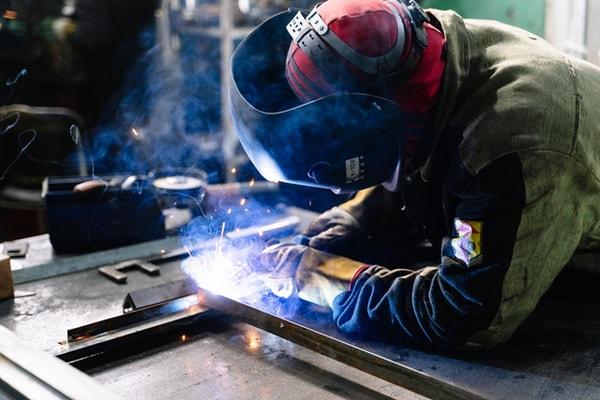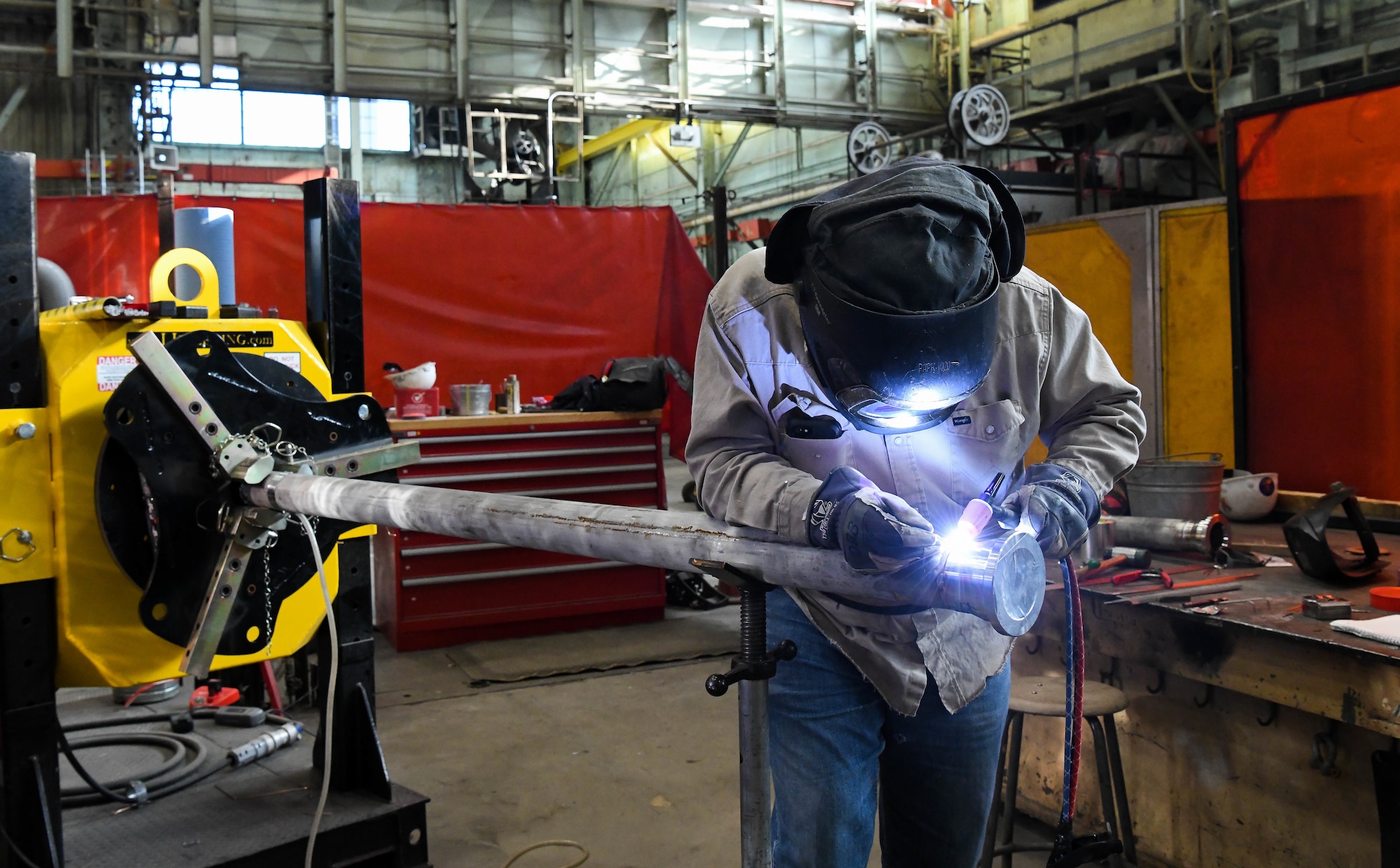Welding WPS Explained: Key Parts and Advantages for Your Welding Procedures
Welding WPS Explained: Key Parts and Advantages for Your Welding Procedures
Blog Article
The Ultimate Guide to Welding WPS Procedures: A Comprehensive Summary for Welders
In the complex world of welding, Welding Procedure Specifications (WPS) serve as the backbone of guaranteeing quality, uniformity, and safety and security in welding operations (welding WPS). As we dig right into the various parts of a WPS and explore the intricacies of certification and certification, we will certainly reveal the vital role these procedures play in the realm of welding.
Importance of WPS Procedures
Recognizing the importance of Welding Treatment Specs (WPS) procedures is critical for making sure the quality and stability of bonded structures. WPS treatments function as a roadmap for welders, describing the required steps, specifications, and products required to accomplish a sound weld. By sticking to WPS standards, welders can guarantee uniformity in their job, resulting in reliable and structurally sound welds.
One of the key factors why WPS treatments are essential is their function in maintaining weld high quality and honesty. Following the defined welding parameters and techniques laid out in the WPS helps avoid issues such as porosity, fracturing, or incomplete combination, which can compromise the strength and durability of the weld.

Elements of a WPS
A Welding Procedure Requirements (WPS) typically makes up essential parts that detail the details requirements for executing a weld, making sure uniformity and quality in the welding procedure. The vital parts of a WPS consist of crucial variables such as base steels, filler steels, preheat and interpass temperature levels, welding processes, protecting gases, welding placements, and post-weld warmth treatment demands.
Base metals describe the products being joined, while filler steels are used to load the space in between the base steels during welding. Preheat and interpass temperatures are vital for managing the warmth input and protecting against concerns like breaking or distortion. The welding procedure details the particular strategy to be utilized, whether it's gas metal arc welding (GMAW), protected steel arc welding (SMAW), or one more technique. Protecting gases shield the weld swimming pool from atmospheric contamination. Welding placements define the orientations in which welding can be executed. Post-weld warm therapy might be necessary to soothe stresses and boost the weld's buildings. An extensive understanding of these parts is vital for developing a effective and detailed WPS.

Certification and Certification
Having actually developed the essential parts of a Welding Treatment Requirements (WPS), the emphasis now changes in the direction of the critical aspects of credentials and certification in welding practices.

Certification, on the other hand, is the formal recognition of a welder's certifications by an appropriate qualification body or organization. Welding qualifications are commonly based upon the particular welding processes, materials, and placements a welder is qualified to work with. Holding a valid welding accreditation demonstrates that a welder meets industry requirements and is experienced to perform welding jobs to the called for specs.
Developing a WPS
To create a Welding Treatment Specification (WPS) that meets sector standards, cautious consideration of welding procedures, products, and operational parameters is essential (welding WPS). The primary step in producing a WPS is to determine the welding process to be utilized, such as gas metal arc welding (GMAW) or shielded steel arc welding (SMAW) Once the welding procedure is established, the next crucial aspect is picking the suitable materials, considering factors like base steel kind, density, and joint style. Operational specifications such site here as welding current, voltage, traveling rate, and securing gas composition must likewise be diligently defined in the WPS.

Applying and Keeping An Eye On WPS
Upon completing the detailed Welding Procedure Spec (WPS) that diligently information welding procedures, materials, functional parameters, and quality assurance measures, the emphasis shifts to successfully applying and keeping an eye on the recognized procedures. Implementation includes guaranteeing that all welders associated with the job are acquainted with the WPS and follow it diligently during the welding procedure. This calls for offering sufficient training and guidance to ensure adherence to the specified procedures. Keeping an eye on the WPS includes continual oversight to verify that welding activities straighten with the recorded requirements. Inspections, screening, and top quality control steps are important components of the monitoring procedure to determine any type of problems or inconsistencies immediately. Normal audits and testimonials of the welding procedures help in maintaining uniformity and high quality throughout the project. Effective application and monitoring of the WPS are critical for ensuring the honesty, toughness, and safety of the bonded joints, ultimately adding to the general success of the welding job.
Conclusion
To conclude, understanding and complying with Welding Treatment Specs (WPS) is essential for welders to make certain top quality, consistency, and safety in their job. By recognizing the elements of a WPS, obtaining appropriate certifications and qualifications, creating in-depth procedures, and carrying out and checking them efficiently, welders can boost their abilities and effectiveness in welding techniques. Complying with WPS treatments is essential for creating top quality welds and meeting industry requirements.
In the intricate globe of welding, Welding Treatment Specs (WPS) serve as the backbone of making sure top quality, consistency, and security in welding procedures. The welding procedure lays out the certain technique to be utilized, whether it's gas steel find arc welding (GMAW), shielded metal arc welding (SMAW), or one more method.To develop a Welding Treatment Requirements (WPS) that fulfills market standards, careful consideration of welding processes, products, and functional criteria is crucial. The initial step in creating a WPS is to determine the welding process to be made use of, such as gas metal arc welding (GMAW) or protected have a peek at this site steel arc welding (SMAW)Upon completing the thorough Welding Treatment Specification (WPS) that carefully details welding procedures, products, functional criteria, and quality guarantee steps, the focus changes to effectively carrying out and monitoring the well-known procedures.
Report this page